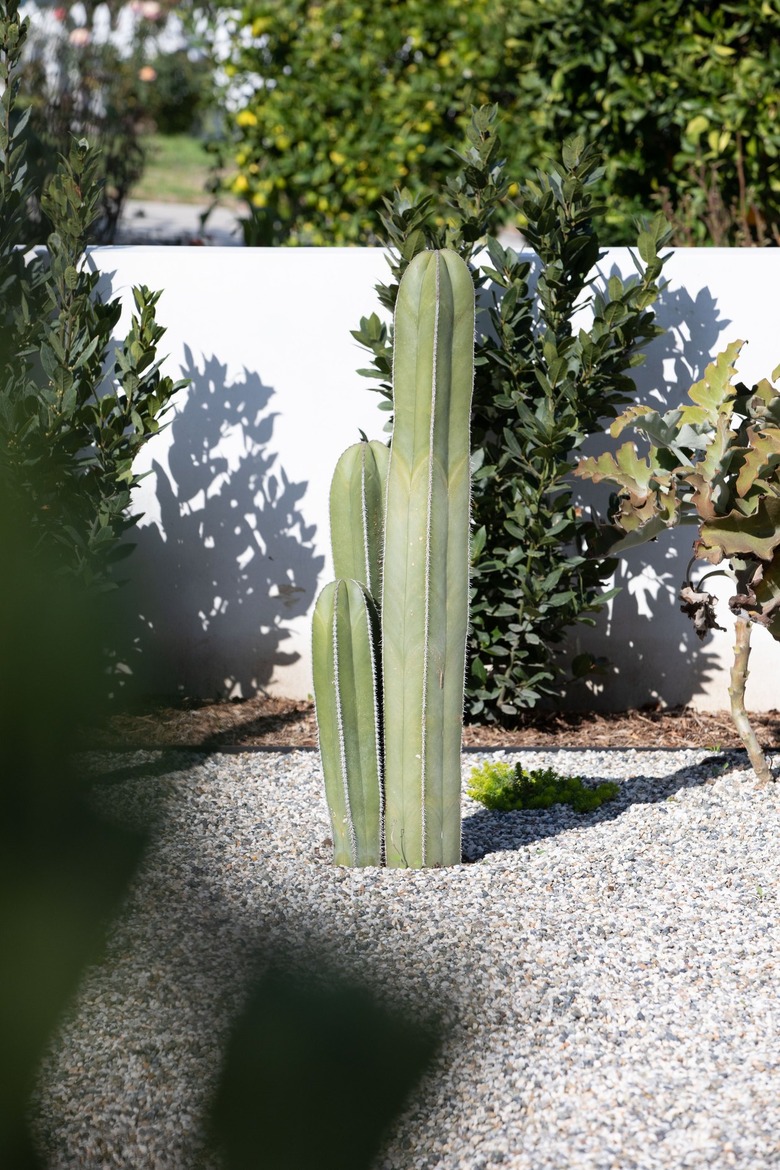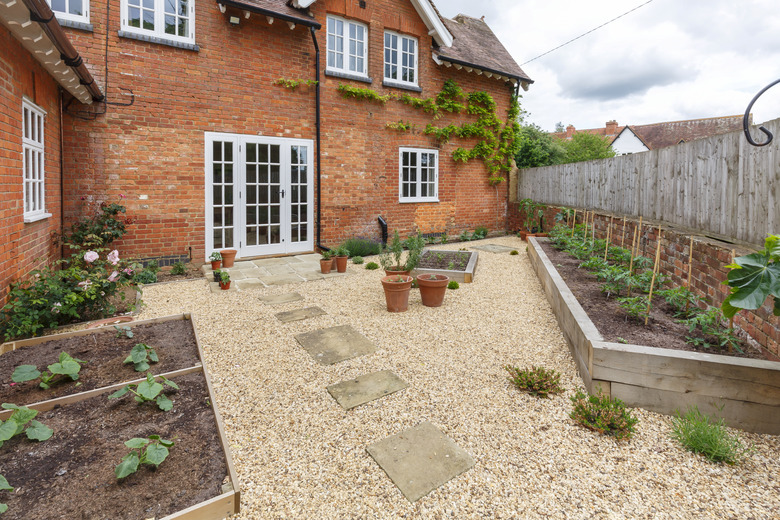Types Of Gravel For Driveways And Landscaping
There are a number of different types of gravel that can be used for driveways and landscaping in a residential setting. This material is cost effective, is fairly easy to work with and is visually appealing. Gravel is a DIY-friendly choice for pathways, patios and more. It works well as a replacement for grass, concrete, pavers and even asphalt.
Pros and Cons of Using Gravel
Pros and Cons of Using Gravel
Cost is one of the primary reasons homeowners turn to gravel for landscaping use. It is significantly cheaper than pouring a concrete driveway or installing a paver patio. This can be especially significant if there is a tight budget for a project or if the area to be addressed is a large one. Gravel can also help with water management, as many kinds provide drainage. Another advantage of using this material is that it is easy to shape in terms of layout. No elaborate forms are required, just some edging to keep things looking tidy. Gravel also happens to be on-trend—popping up in patios and pathways for a modern touch in the backyard.
Although gravel is a DIY-friendly material, there is a fair amount of labor involved when it comes to installing it as a pathway or driveway material. There will be many wheelbarrow trips and a lot of digging involved. In addition, gravel isn't always the best choice for those areas where snow will accumulate, as it is a difficult surface to shovel. Evaluate the pros and cons carefully before moving forward with gravel as the material of choice for your project.
Types of Gravel for Landscaping
Types of Gravel for Landscaping
There is a core group of gravel types that is popular for use in residential applications, including pea gravel, river rock, crushed stone and decomposed granite. Some will work better than others depending on factors such as the amount and type of traffic the area will receive, the climate in the area and the appearance of the gravel itself. Personal preference also factors into the equation. Some of the most common places that gravel is used include planting beds, walking paths, patios and driveways. It's also common to see it as a fill material in the spaces between stepping stones or pavers.
Pea gravel is round and provides good drainage. This makes it an excellent material for places such as dog runs or garden paths, and it is perfect for areas that tend to get a lot of rain. It can also be used for walking paths and driveways, but since it doesn't compact as well as other materials, it can shift a bit more. Because of this, it doesn't like to stay put and can wind up in grass or in the house if it is used in a high-traffic area. As the name indicates, it is actually pea-sized and comes in brown, gray and other colors.
Crushed stone is a very inexpensive and practical pick for high-traffic areas. It offers some drainage, but the dust in the mix also compacts a bit to keep the material from getting everywhere. This makes it a good all-around solution in many different applications, such as patio areas or walkways.
The smooth texture of river rocks makes them a lovely material to use in planting beds. They also make a great edging material for walkways or around a fire pit area. In addition, river rocks tend to have a nice color range, making them visually appealing all on their own. Many people aren't aware that they come in smaller sizes, such as 3/4 and 1 inch. River rocks can also work well as a fill material in between paver stones since it's a little heavier than some other types of gravel.
Fine Gardening recommends using washed quartz or granite-chip gravel as a way to create a "gravel garden." The term "washed" means there is little to no stone dust, which is better for plantings. Lay 4 to 5 inches of gravel, making sure to water plants consistently in the beginning until they get established. Choose 1/4- to 3/8-inch gravel for best results. This type of landscape design cuts down on regular maintenance and watering in the long run.
Decomposed granite is a finer material than some of the other choices, but it can be very effective when used in a xeriscape or as a pathway or patio material in places that don't get a lot of rain. Its composition is very fine, which means it compacts well. It also looks natural. This material tends to get messy when wet, so take that into consideration when evaluating gravel choices.
DIY Gravel Landscaping Projects
DIY Gravel Landscaping Projects
Most landscaping projects follow a similar trajectory when gravel is involved. A solid base must be prepared, which means removing grass and topsoil, tamping down the dirt to make it level and installing edging material. Unless the gravel will be pretty deep (more than just a cursory few inches), landscaping fabric should be added as well. Gravel should be poured just short of the top of the edging and then raked to fill the area evenly. All of this is within reach of the average homeowner who doesn't mind a little bit of sweat equity. Larger projects may require more than one person to complete them comfortably.
When taking on a project that involves gravel, contact a local landscape supplier to get pricing and some guidance on materials. The supplier should be able to tell you what gravel works well in the area and can answer some questions about the different types of gravel. This is far more affordable than buying materials by the bag at a home improvement store unless the area to be covered is very small. Estimate the amount needed by using Inch Calculator or a comparable tool.
Using Gravel for a Driveway
Using Gravel for a Driveway
Driveways can get expensive, and this is especially true when it comes to an asphalt or concrete driveway. Though you won't see gravel driveways often in city limits, they are a popular choice for rural areas with lengthy driveways. Gravel offers a much more affordable option, but it isn't enough to order a truckload and rake it out all the way up to the garage. To serve as an effective driveway material, it needs to be installed properly. There are a number of different types of stone and gravel that go into making a solidly built gravel drive.
To do a gravel driveway correctly, there will be three different layers of rock and gravel spread out one by one. The first layer is made up of larger rocks that provide the base and a solid foundation for the driveway. The next layer of rock is usually golf-ball sized, and it spans as a fill between the big rocks and the uppermost layer. Again, this lends stability.
The top layer is made up of a smaller gravel that fills in the gaps and cracks. Out of the types of gravel available, what is often referred to as "crusher run" is a very popular choice for driveways. Also referred to as "quarry process stone," this mix of crushed stone and stone dust sifts down and fills in the voids. Regular crushed stone is another good pick for this top layer. Pea gravel can work for driveways, and it provides more area for water to disperse. Because of its shape, it doesn't stay put as well as other types of gravel. This means edging will be important to keep it from migrating into the lawn or other areas.


